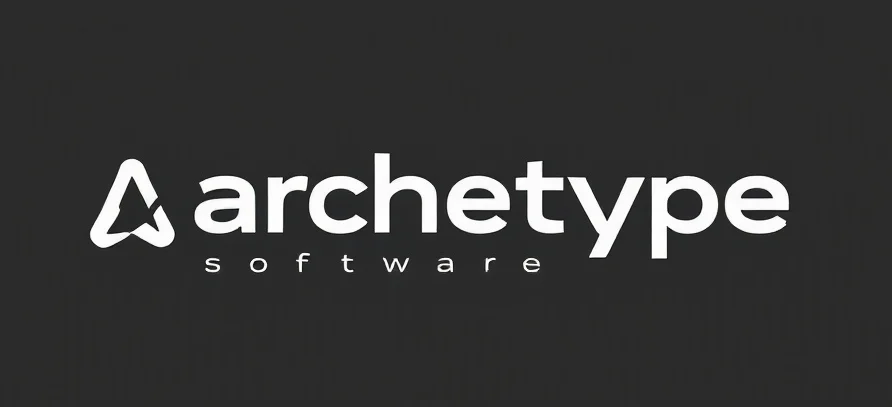The Art of Product Improvement: From Sci-Fi Dreams to Practical Feats
We live in an era where the lines between fiction and reality blur more each day. It’s a time when sci-fi aficionados like myself see our wildest fantasies play out in the tech sphere. But let’s shift gears from dreams to pragmatism. Product improvement in AI-driven environments demands both visionary thinking and practical implementation. For those wrestling with how to refine their offerings, the folks over at product improvement examples have aggregated some enlightening insights that merit a closer look.
Understanding Product Improvement Through the AI Lens
AI is not a magic wand. It’s more akin to a highly skilled but sometimes erratic intern. Understanding this is crucial for refining products. AI, like our trusty intern, requires constant guidance, supervision, and feedback to improve. The challenge lies in harnessing its potential to enhance product value without getting caught up in the mythos of AI as a panacea.
The Anatomy of a Successful Product Improvement Strategy
One key takeaway from the product improvement examples is the importance of iterative enhancement. Think of it as sculpting. You start with a rough block of marble. Each iteration, each feedback loop, chips away at the excess, revealing the masterpiece beneath. AI adds a layer of complexity to this process, offering new tools but also demanding a nuanced understanding of its capabilities and limitations.
Architecting Transformative Product Improvements
Transformation is not just about adding new features. It’s about rethinking the core value proposition. AI can sift through mountains of data at lightning speed, offering insights that were previously unimaginable. But the true magic happens when these insights are applied to solve real customer pain points. The transformation comes from aligning AI’s capabilities with the needs of the user, creating a symbiotic relationship where each iteration brings the product closer to its ultimate purpose.
Actionable Recommendations for Product Improvement
- Embrace Feedback Loops: Establish mechanisms for continuous user feedback. Use AI to analyze this data and guide future iterations.
- Focus on User-Centric Design: Always prioritize the needs and experiences of your users. AI should enhance, not complicate, the user journey.
- Iterate, Don’t Stagnate: Product improvement is a perpetual process. Leverage AI to test hypotheses quickly and efficiently, but remain agile in your approach.
- Educate Your Team: Ensure your team understands both the potential and the limitations of AI. A well-informed team is better equipped to innovate effectively.
In conclusion, while AI offers tools that are nothing short of futuristic, the essence of product improvement remains rooted in understanding and addressing human needs. As we navigate this landscape, remember: AI is your intern, not your overlord. Guide it well, and it just might surprise you.
Checkout ProductScope AI’s Studio (and get 200 free studio credits)

